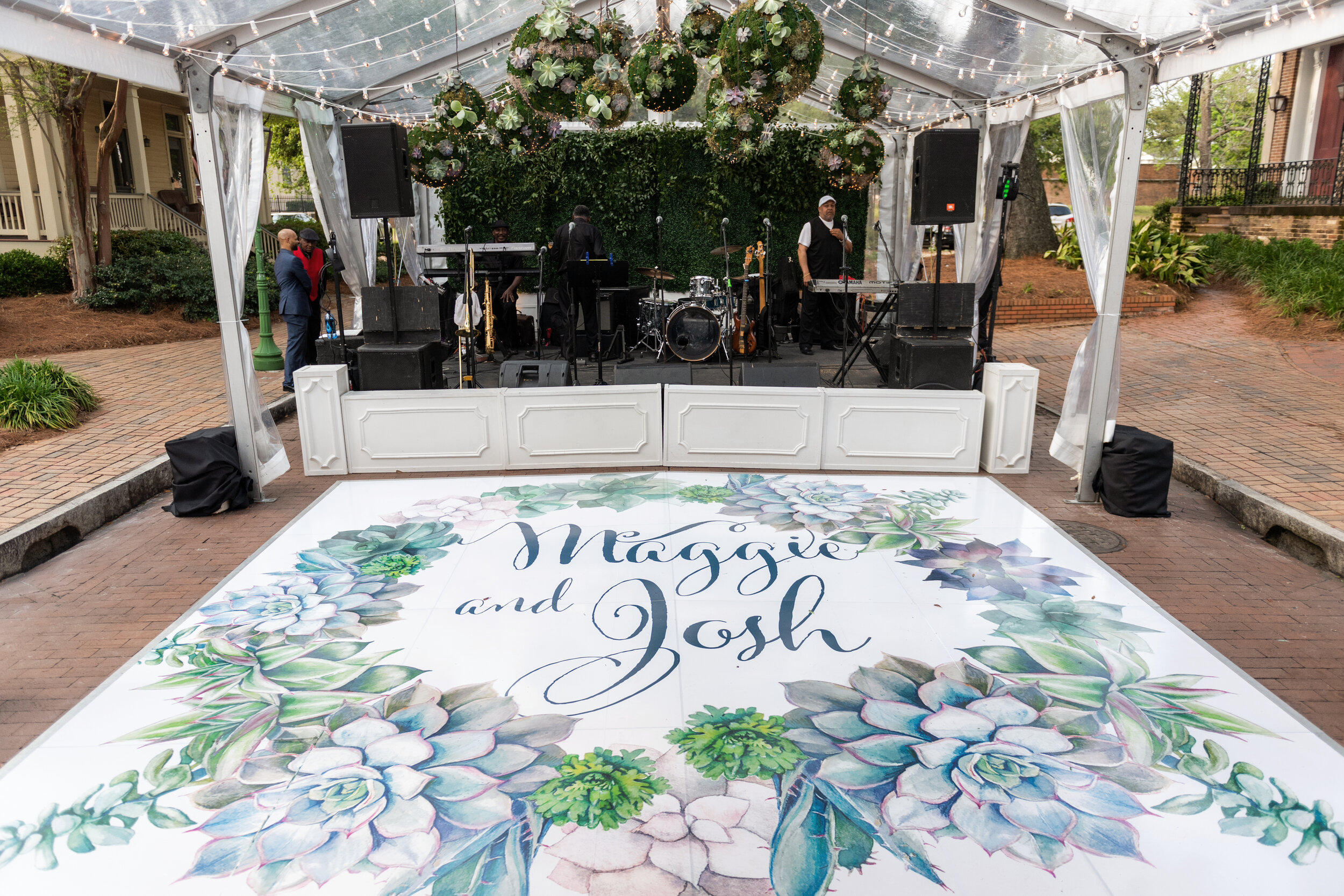Hue concept is a crucial aspect of design, particularly as it comes to creating LED dancing surfaces. The interplay of colors can greatly influence the mood and vibe of a venue. By understanding how colors work together, designers can craft an ambiance that enhances the overall encounter for participants. This article examines the fundamentals of color theory and its use in light-emitting diode dancing floor layouts.

The primary colors are red, blue, and yellow. These colors cannot be made by mixing other colors combined. Secondary colors, such as green, orange, and purple, are created by combining main hues. Tertiary hues are created by combining a main color with a secondary color. Understanding these fundamental relationships helps creators select hues that enhance one another and produce a visually appealing display. Combining these colors on an light-emitting diode dancing surface can result to vibrant and exciting effects that capture the attention of participants.
Hue temperature also plays a key part in design. Hues can be classified as hot or chill. Hot colors, such as crimson, tangerine, and yellow, tend to evoke feelings of excitement and warmth. In opposition, cool colors like blue, green, and purple often create a serene and soothing environment. Creators can utilize these hue values to set the mood for different types of occasions. For instance, a celebration environment may gain from warm colors that energize the audience, while a further calm occasion might use cool colors to offer a soothing influence.
In addition to color combinations and value, luminosity and intensity are vital elements to take into account. Luminosity refers to how light or dim a hue appears, while saturation measures the vividness of a hue. Bright, their explanation saturated colors can generate a lively and lively environment, ideal for dancing floors. On the other hand, softer, lower intense hues can create a more muted environment. Through adjusting luminosity and saturation, designers can attract focus to specific areas of the dancing floor or create sight routes, guiding dancers through the venue.
Ultimately, it is essential to take into account the emotional impacts of hue in LED dance surface layouts. Different colors can elicit different emotions and responses. For instance, red is frequently linked with passion and energy, while azure can be soothing and tranquil. Grasping these associations enables creators to strategically use hues to affect the behavior of dancers. By integrating color principles into light-emitting diode dance floor layouts, creators can enhance the overall encounter, making it memorable and pleasurable for all look at this now involved.
Comments on “Illuminating Creativity With Hue Theory within Illuminated Dance Surface Creations”